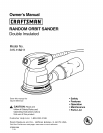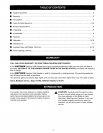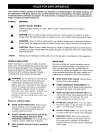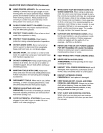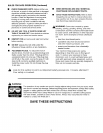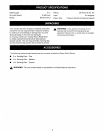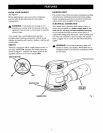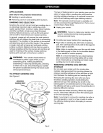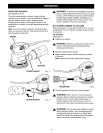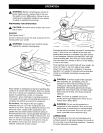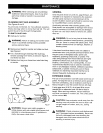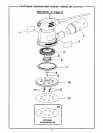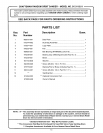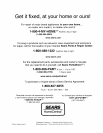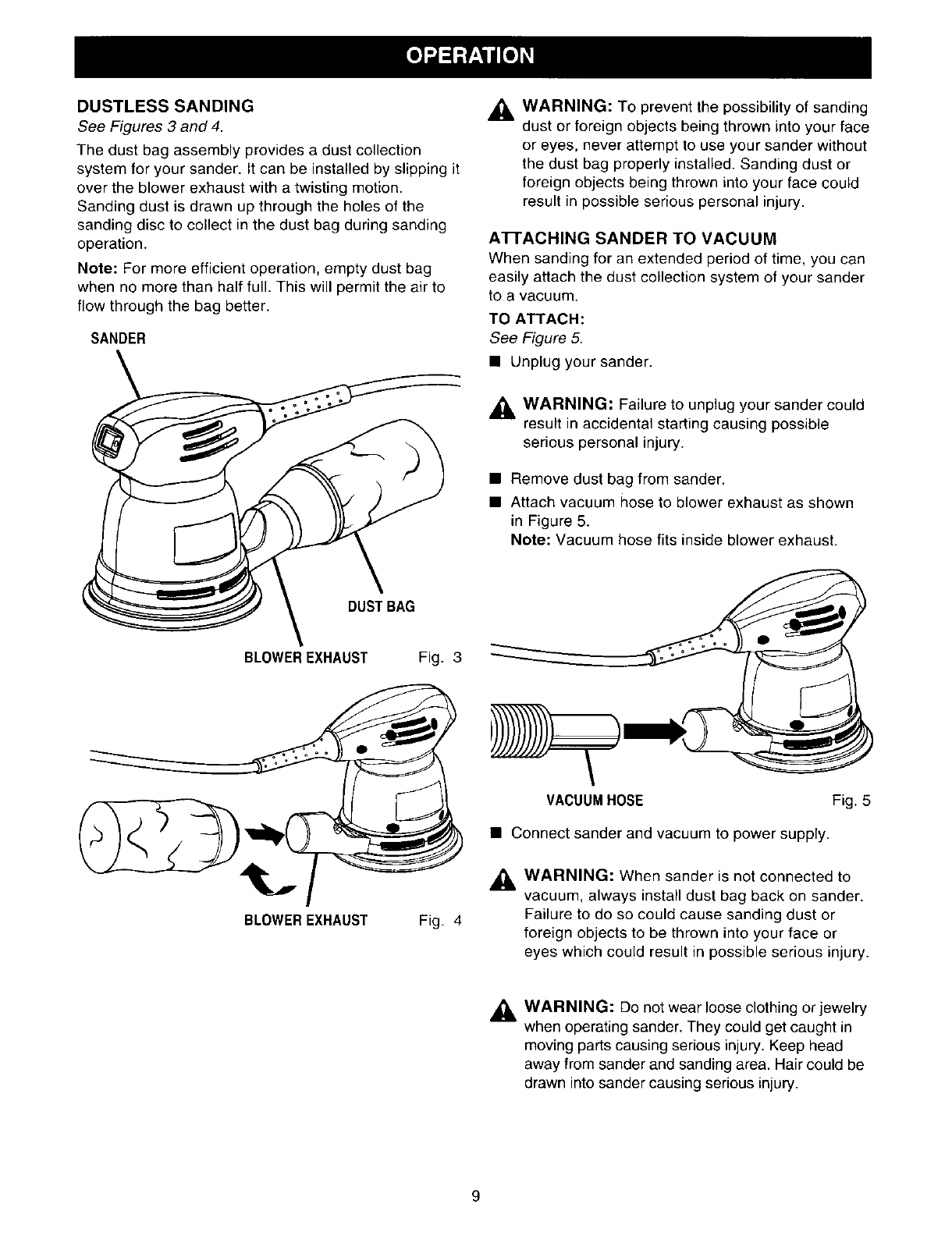
DUSTLESS SANDING
See Figures 3 and 4.
The dust bag assembly provides a dust collection
system for your sander. It can be installed by slipping it
over the blower exhaust with a twisting motion.
Sanding dust is drawn up through the holes of the
sanding disc to collect in the dust bag during sanding
operation.
Note: For more efficient operation, empty dust bag
when no more than half full. This will permit the air to
flow through the bag better.
SANDER
DUSTBAG
,_ WARNING: To prevent the possibility of sanding
dust or foreign objects being thrown into your face
or eyes, never attempt to use your sander without
the dust bag properly installed. Sanding dust or
foreign objects being thrown into your face could
result in possible serious personal injury.
A'R'ACHING SANDER TO VACUUM
When sanding for an extended period of time, you can
easily attach the dust collection system of your sander
to a vacuum.
TO ATTACH:
See Figure 5.
• Unplug your sander.
,_k WARNING: Failure to unplug your sander could
result in accidental starting causing possible
serious personal injury.
• Remove dust bag from sander.
• Attach vacuum hose to blower exhaust as shown
in Figure 5.
Note: Vacuum hose fits inside blower exhaust.
BLOWEREXHAUST Fig. 3
BLOWEREXHAUST Fig. 4
VACUUMHOSE Fig. 5
• Connect sander and vacuum to power supply.
A
WARNING: When sander is not connected to
vacuum, always install dust bag back on sander.
Failure to do so could cause sanding dust or
foreign objects to be thrown into your face or
eyes which could result in possible serious injury.
A
WARNING: Do not wear loose clothing or jewelry
when operating sander. They could get caught in
moving parts causing serious injury. Keep head
away from sander and sanding area. Hair could be
drawn into sander causing serious injury.



